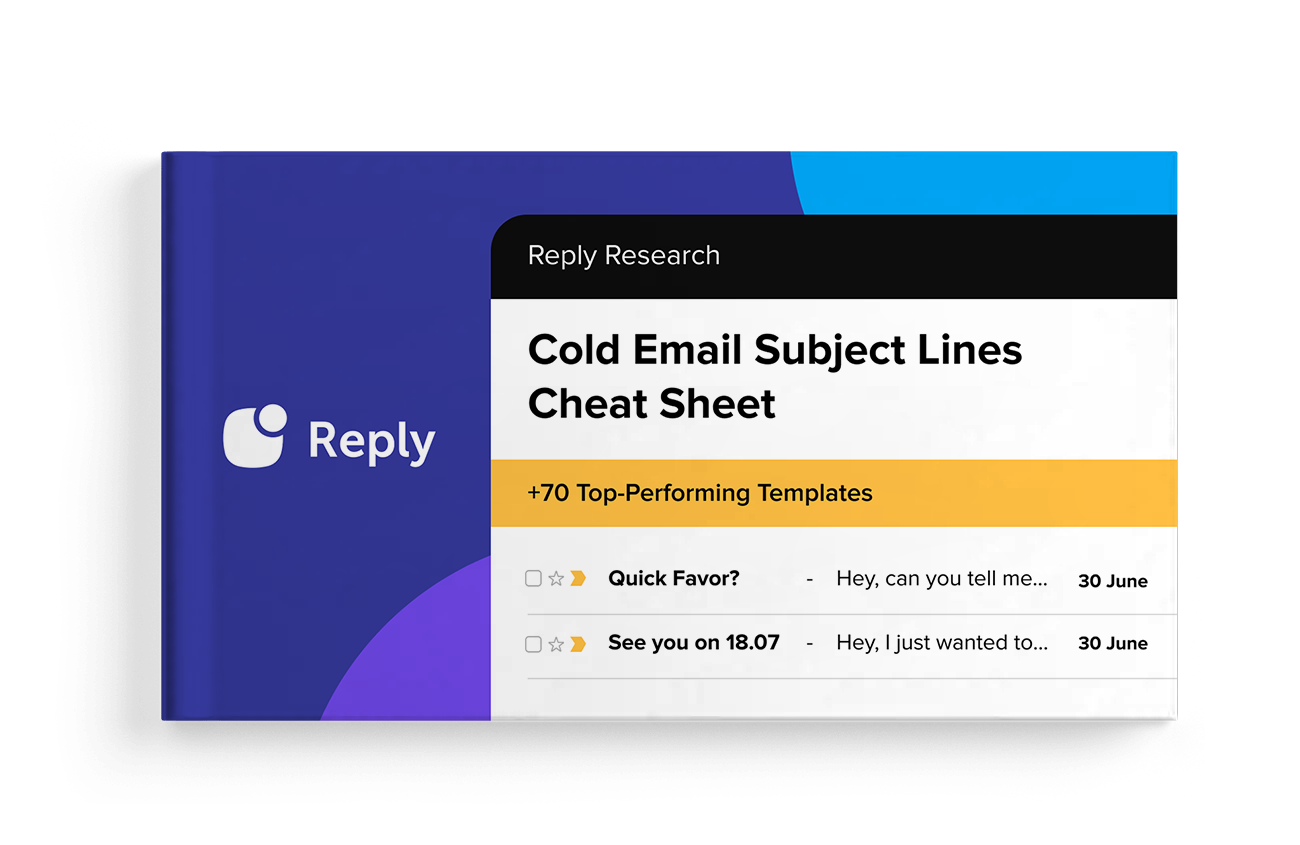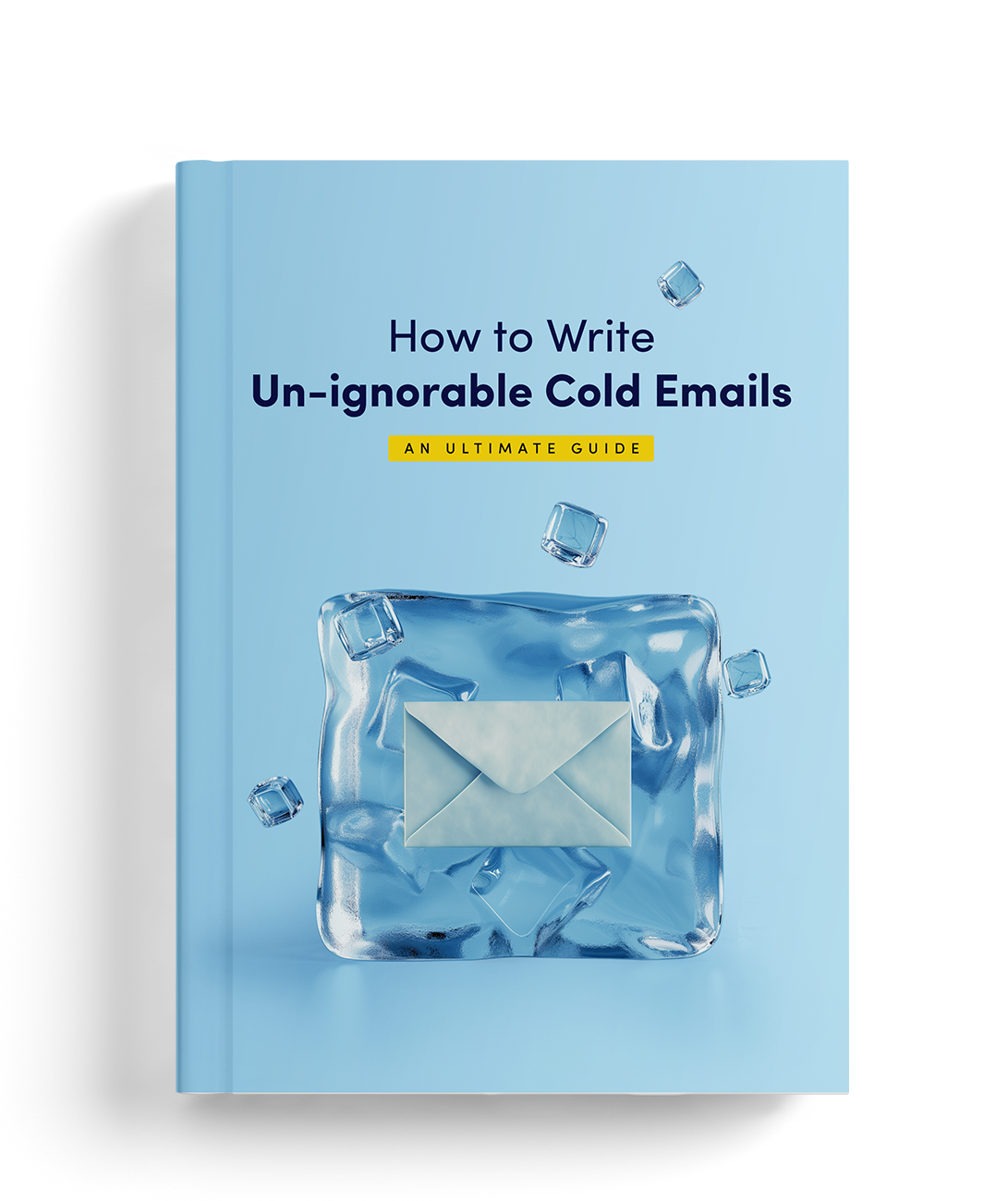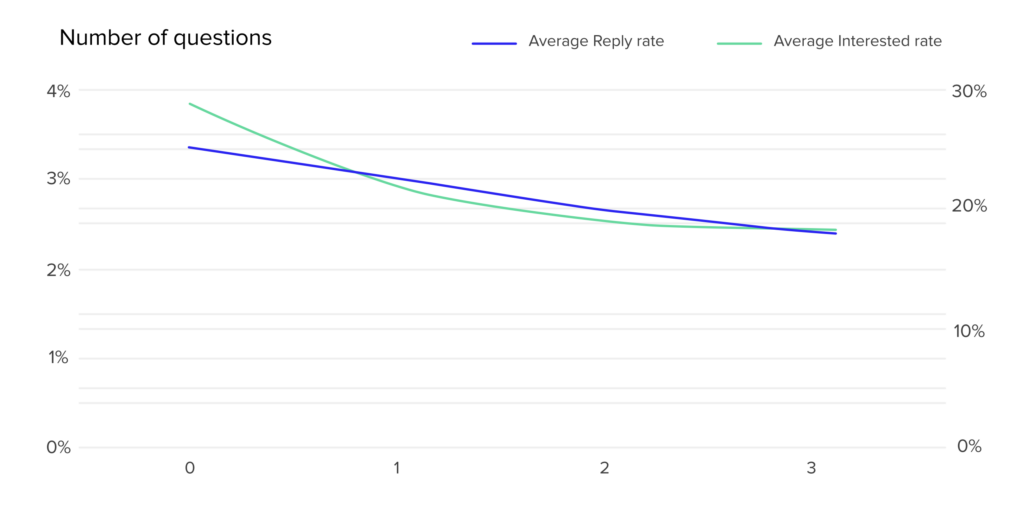When is the best time to send a cold email?
When considering how to write cold call emails for sales, it’s crucial to understand the smaller nuances of generating responses, and optimal timing is one of them.
Determining the best time to send a cold email is a crucial aspect of any successful outreach strategy. Sales professionals often wonder, “When is the best time to cold email?”.
The answer lies in understanding the dynamics of your target audience and industry norms. Experimenting with several emails to identify the best time to send cold emails is the only way to get the right answer for your particular niche and audience.
By analyzing factors like recipient time zones and typical work schedules, you can optimize your outreach efforts by identifying the best time of day to send cold email messages.
So, while there’s no one-size-fits-all solution, testing various timings can help you identify the best times to send cold emails and enhance your overall outreach strategy effectiveness.
I understand it will take some time and trial-and-error, but learning how to send a cold email at the most optimal time is crucial for positive engagement and response rates.
Before you click ‘send’
Congrats! By now, you know how to cold email like a pro, and how to write cold emails that have the potential to generate 3-20% reply rates.
But before you click “Send Email” or “Start Sequence” — let’s check the final touches to ensure we’ve crafted cold emails that work effectively:
→ Double-check for any formatting and grammar errors
→ Always A/B-test everything: subject lines, intros, variables, etc.
→ Read it out and ask yourself honestly the following questions:
- [ ] #1. Do I like this email template? (yes/no)
- [ ] #2. Do I want to see something similar in my inbox? (yes/no)
- [ ] #3. Would I reply if I received a similar email in my inbox? (yes/no)
- [ ] #4. Ask your friend/colleague if they would reply to this email? (yes/no)
If you are happy with the result, send this email or start a sequence right away.
How to handle negative or “No!” responses
You already know how to cold email someone, so you understand – cold emails are like throwing a message in a bottle into the ocean.
Sometimes, it washes ashore with a warm, “Let’s chat!” Other times… crickets.
Worse yet, someone may respond with a curt “No thanks” or even (gulp) a snarky reply. Don’t sweat it—this is all part of the game. Here’s how to handle both radio silence and negative responses like a pro (with our cold email best practices).
1. When they don’t respond at all (the ghosting dilemma)
“Hello? Anybody there? …Guess not.”
If your cold email for meeting is met with eerie silence, it doesn’t mean you’re doomed. People are busy, and cold emails can slip through the cracks.
Here’s what to do:
Follow up like a friend, not a stalker
Don’t flood their inbox. Instead, send 2-3 polite and well-spaced follow-ups. For example:
- Day 3 follow-up: “Hi [First Name], just bubbling this up in case it got buried in your inbox—happens to me all the time. Let me know if this is relevant to you, or feel free to let me know if it’s not your cup of tea.“
- Day 7 follow-up: “Hi again [First Name], still keen to connect if this could be helpful for you. If not, no worries at all—just wanted to make sure I wasn’t missing the mark here.”
Change the angle
Maybe your initial email didn’t resonate. Try a different angle in your follow-up:
“Hey [First Name], I noticed [specific insight about their company or industry].
Thought it might be helpful to share how we helped [similar company] solve [relevant pain point]. Interested in exploring?”
Know when to quit
After 3 attempts, move on. But keep it classy:
“Hi [First Name], I haven’t heard back, so I’ll assume the timing isn’t right.
If things change, I’d love to reconnect down the road!”
2. When they say “not interested” (ouch, that stings)
A polite no? Accept and move on. A rude one? Let’s turn it into a win.
Gracefully accept and keep the door open
Respond with professionalism and kindness—it leaves a good impression, even if the answer is a no for now.
“Thanks for letting me know, [First Name]. Totally understand!
If anything changes or you’d like to revisit in the future, feel free to reach out anytime. Wishing you all the best!”
Ask for feedback (when appropriate)
If they seem approachable, ask them for a quick piece of advice.
“Thanks for your reply, [First Name]! Just curious—was there something in particular that didn’t resonate?
Always looking to improve.”
You’d be surprised how often people share helpful insights!
Stay positive even with snark
If someone responds rudely, don’t let it ruin your day. Kill them with kindness:
“Thanks for your candid reply, [First Name]. I’ll take that as a sign this isn’t a fit right now.
Wishing you success with your [specific project/role]!”
You’ll come out looking like the bigger person—and you never know when they might circle back.
3. When they reply with “maybe later…” (a win in disguise!)
“Not now” doesn’t mean “not ever.”
Set a reminder to follow up
If they say, “Check back in a month,” don’t just nod and forget about it.
Use a CRM tool or even your trusty calendar to set a reminder.
“Hi [First Name], just circling back as we discussed last month.
Would love to chat now that the timing might be better!”
Keep them warm
Share a relevant piece of content or a quick update on your offering in the meantime. It’s a subtle way to stay on their radar without being pushy.
“Hi [First Name], I remembered you mentioning [specific topic].
Came across this article and thought it might be helpful. Hope all is well!”
4. Turn rejection into a connection
Sometimes, a “No” doesn’t mean the relationship has to end.
Ask for a referral
If they’re not the right person, maybe they know someone who is:
“Totally understand, [First Name].
Do you happen to know someone else in [department/role] who might find this useful?”
Add them to your network
If appropriate, connect with them on LinkedIn or follow them on social media. Engage with their content every so often.
The goal isn’t to sell—it’s to build a relationship.
Rejections and ghosting even when using the best cold email templates B2B and B2C aren’t about you—they’re about timing, priorities, or just plain bad luck. Keep experimenting, stay polite, and remember: every “no” gets you closer to the next “yes.”
And hey, the next time you get a snarky reply, just imagine the sender in socks and sandals yelling at pigeons. Suddenly, their opinion doesn’t seem so important, does it? 😉
![How to Write Cold Emails That Convert, According to Data [Reply Research] How to Write Cold Emails That Convert, According to Data [Reply Research]](https://reply.io/wp-content/uploads/write-1080x567.jpg)













